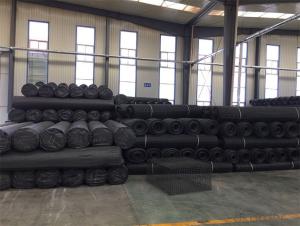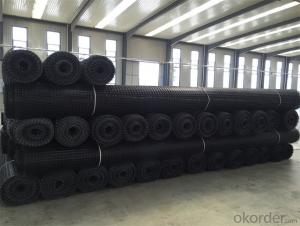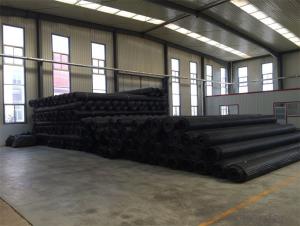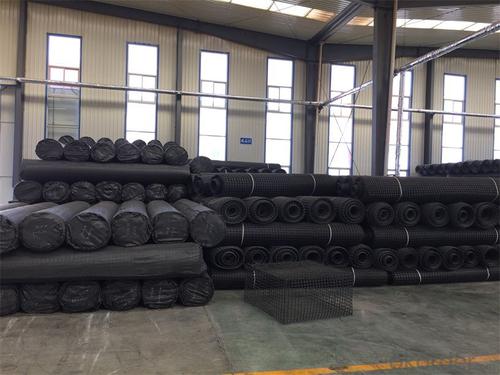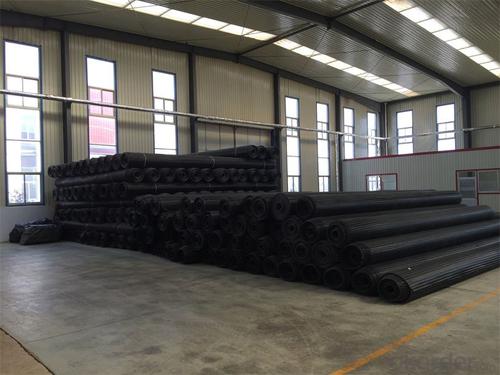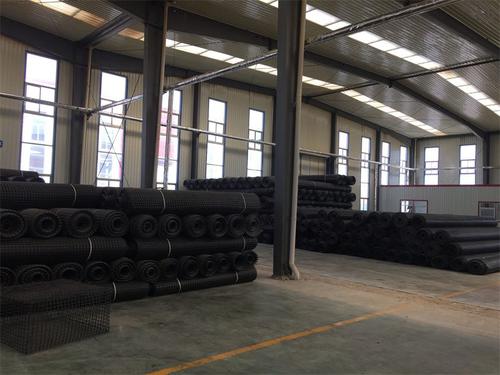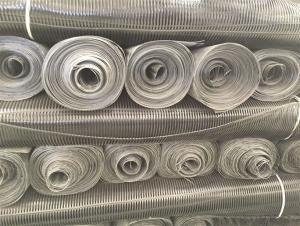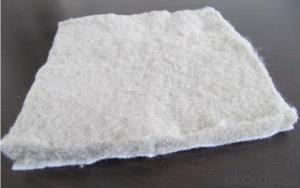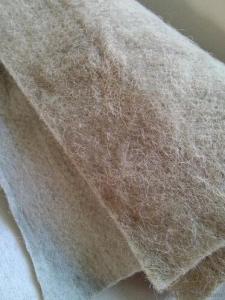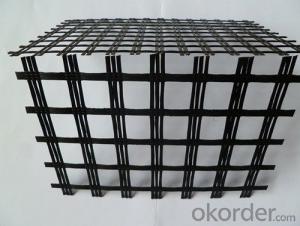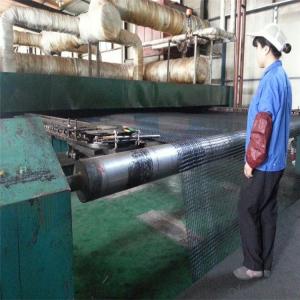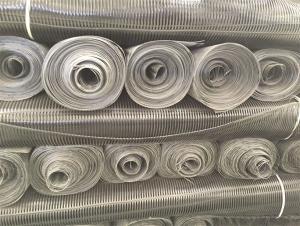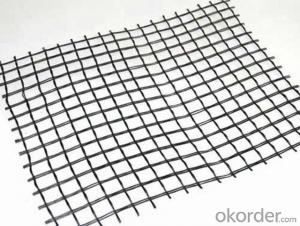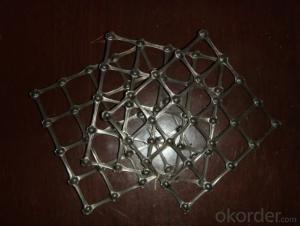Low Tensile Strength Polyester Woven Geogrids for Diverse Markets
- Loading Port:
- Tianjin
- Payment Terms:
- TT OR LC
- Min Order Qty:
- 20000 m²
- Supply Capability:
- 50000000 m²/month
OKorder Service Pledge
OKorder Financial Service
You Might Also Like
Fiberglass Geogrid Introduction:
Fiberglass geogrid is a kind of planar mesh material using alkali-free fiberglass yarn as base body and then coated with high quality modified asphalt. It is warp knitted with oriental structure which gives full play of yarn strength and improves its mechanical property to make the product high tensile, tearing and creep-resistant. Moreover, the composite property of coating with asphalt makes full protection of the fiberglass matrix and greatly improves its wear and shear resistance. All the advantageous functions make the product have a good performance in pavement strengthening, track cracking and solving difficulties of strengthening the bituminous pavement.
Fiberglass Geogrid Features:
1. Light weight, high tensile strength, high modulus, low elongation and good toughness.
2. Corrosion resistance, no long-term creep, long life span.
3. Good physical and chemical stability and good thermal stability.
4. Resistant to fatigue cracking, high-temperature track and low temperature shrinkage cracking.
5. Delaying and decreasing crack reflection.
Specifications | PET20-20 | PET30-30 | PET40-40 | PET50-50 | PET80-80 | PET100-100 | PET120-120 |
Elongation(%) | 10%~15% | ||||||
Vert Tensile strength(KN/m) | 20 | 30 | 40 | 50 | 80 | 100 | 120 |
Horiz Tensile strength(KN/m) | 20 | 30 | 40 | 50 | 80 | 100 | 120 |
Grid(mm) | 12.5×12.5 20×20 24.5×24.5 | ||||||
Width(m) | 1—6 | ||||||
Fiberglass Geogrid Application:
1. Road surface asphalt overlay construction engineering; Asphalt layers
reinforcement.
2. Converting old cement concrete road into composite road; Restraining
reflection cracking caused by block shrinkage.
3. Road extension; Preventing and controlling the cracking caused by new
and old combination and uneven settlement.
4. Treatment of the conjunction between tunnel and bridge or foundation.
Packaging & Shipping:
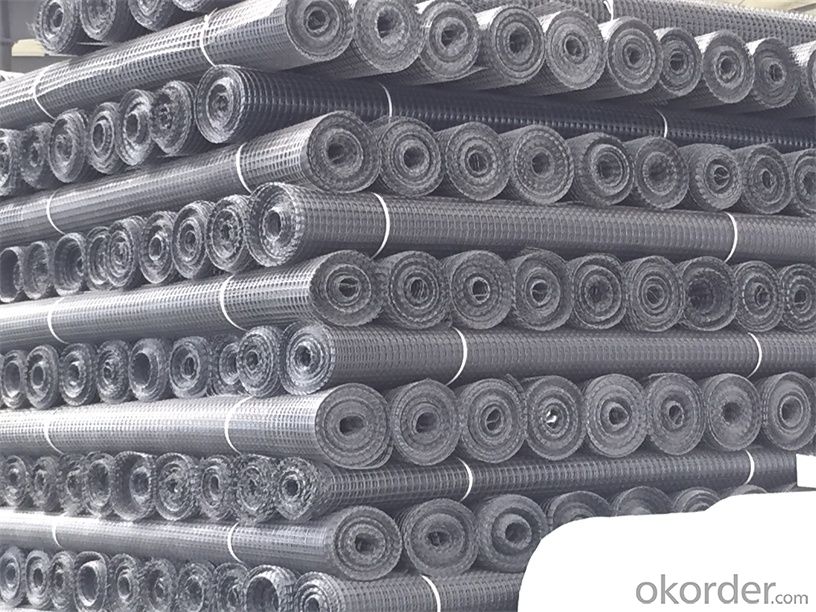
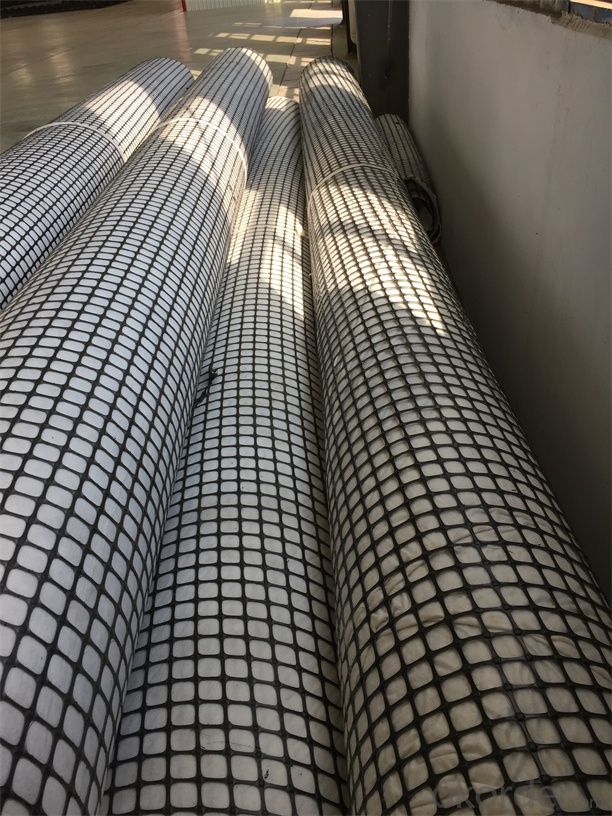
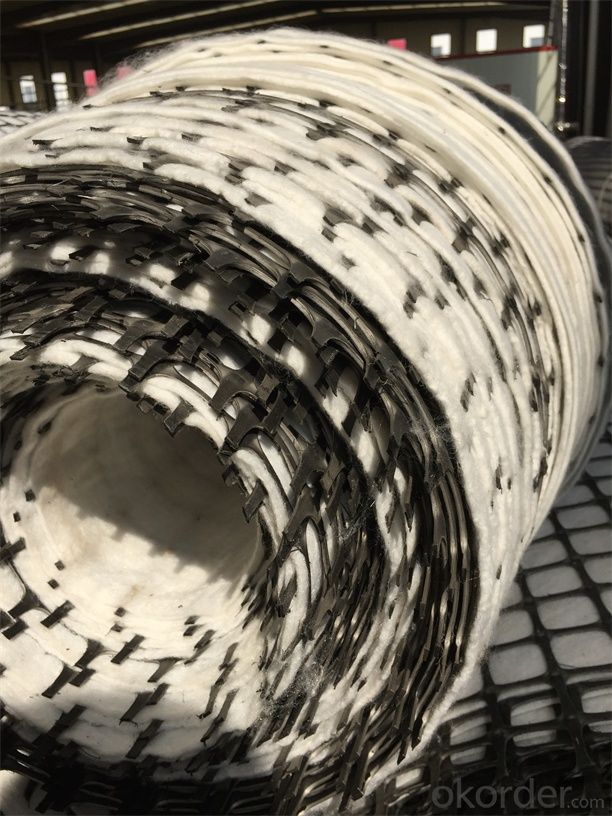

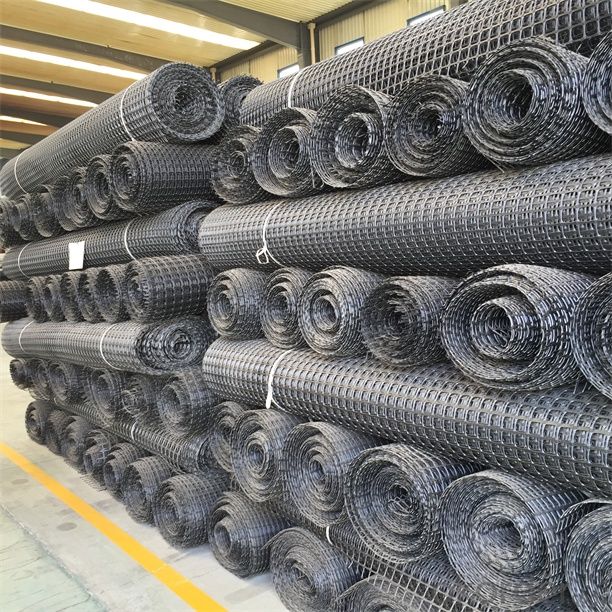
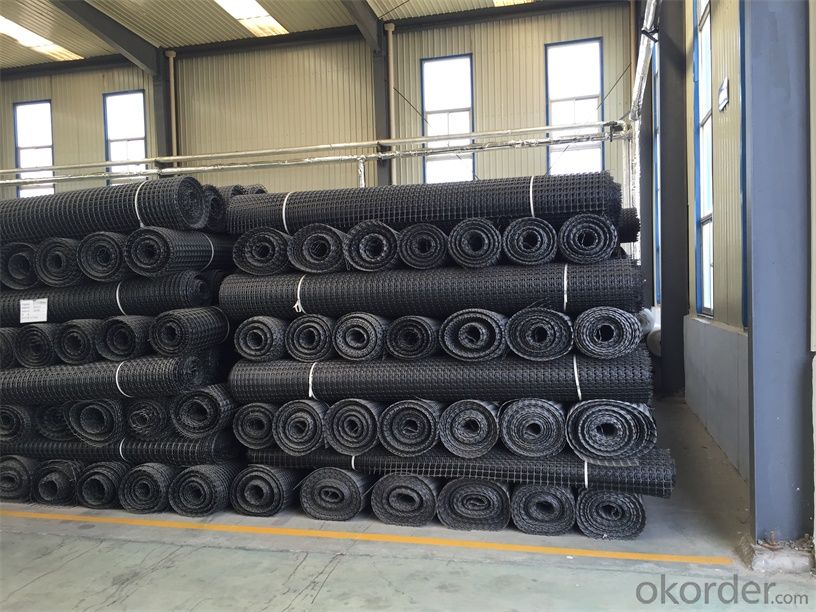


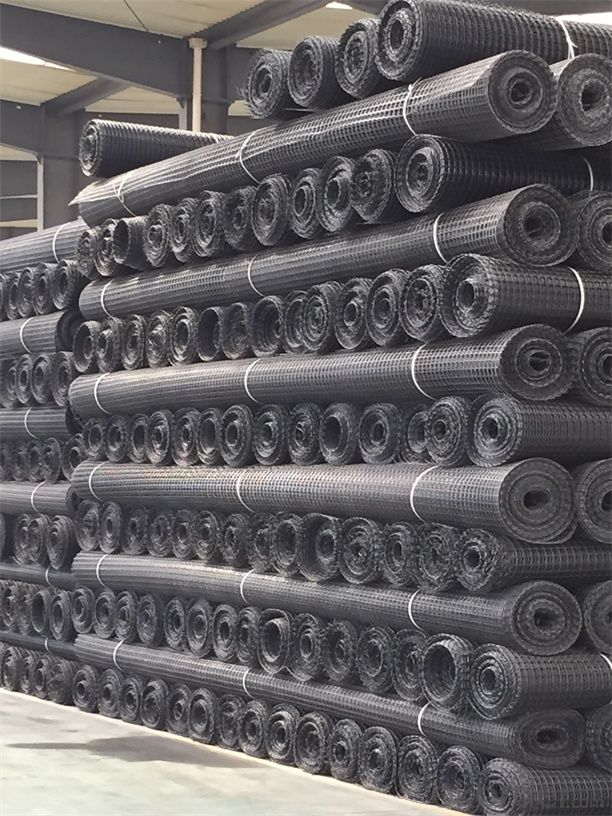
FAQ:
1. How to order your geogrid ?
a) Tensile strength in warp & weft direction
b) Grid size
c) Roll Width and length
d) Quantity
2. What is the Payment term?
a) TT
b) LC AT SIGHT
c) cash
d) 30% contact value as deposit ,the blance 70% be paid after received the copy of bl .
3. Delivery time
a) 19-25 days after received your depsit .
4. What is MQQ ?
a) 2500 m2 as MQQ , we can also produce sample for you .
Welcome to send your inquiry to us, and if you have any question, we can also help you.
- Q: Are geogrids resistant to UV radiation?
- Yes, geogrids are typically designed to be resistant to UV radiation.
- Q: What is the cost of geogrid installation?
- The cost of geogrid installation can vary depending on various factors such as the size of the project, the type and quality of geogrid being used, location, and labor costs. It is best to consult with a professional contractor or supplier to get an accurate estimate for your specific installation needs.
- Q: How do geogrids improve the load-bearing capacity of soil?
- Geogrids improve the load-bearing capacity of soil by reinforcing it and increasing its stability. They act as a mesh-like structure that distributes and redistributes the applied load, reducing the stress on the soil. This prevents soil settlement, improves its shear strength, and enhances its ability to withstand heavy loads, making it more suitable for construction and engineering projects.
- Q: How many square meters of geogrid?
- Geogrid is a kind of main geosynthetics, which has unique properties and effects compared with other geosynthetics. Geogrid is often used as reinforcement of reinforced soil structure or composite material. The geogrid is composed of plastic geogrid, steel plastic geogrid, fiberglass geogrid and polyester warp knitted polyester geogrid
- Q: What are the specifications of the geogrid for road use?
- Reference to the national standard, but the specifications are not necessarily the same as the national standard.
- Q: The geogrid is not less than 3 meters on each side, what does it mean?
- I think it is not a few geogrid lap width than the roadbed width of three meters, and then backfill roadbed soil after 60 or 80 cm and then the two sides of the geogrid back.Or the design requirements are back folding 30CM
- Q: Can geogrids be used in soil reinforcement for pipeline projects?
- Yes, geogrids can be used in soil reinforcement for pipeline projects. Geogrids are commonly used in civil engineering applications, including pipeline projects, to enhance the stability and load-bearing capacity of soil. By providing tensile strength to the soil, geogrids can help prevent soil movement, improve soil confinement, and increase the overall performance and longevity of the pipeline.
- Q: Are geogrids suitable for use in railway ballast reinforcement?
- Yes, geogrids are suitable for use in railway ballast reinforcement. Geogrids are designed to provide structural support and increase the stability of railway ballast. They help distribute loads and prevent lateral movement of the ballast, enhancing the overall performance and longevity of the railway track.
- Q: Are geogrids resistant to chemical degradation?
- Yes, geogrids are typically resistant to chemical degradation. They are designed to withstand exposure to various chemicals commonly found in soil and water, making them durable and suitable for long-term applications in civil engineering and construction projects.
- Q: How long do geogrids typically last?
- Geogrids typically have a lifespan ranging from 20 to 75 years, depending on various factors such as the quality of the material, environmental conditions, and the level of stress they are subjected to.
Send your message to us
Low Tensile Strength Polyester Woven Geogrids for Diverse Markets
- Loading Port:
- Tianjin
- Payment Terms:
- TT OR LC
- Min Order Qty:
- 20000 m²
- Supply Capability:
- 50000000 m²/month
OKorder Service Pledge
OKorder Financial Service
Similar products
Hot products
Hot Searches
Related keywords
